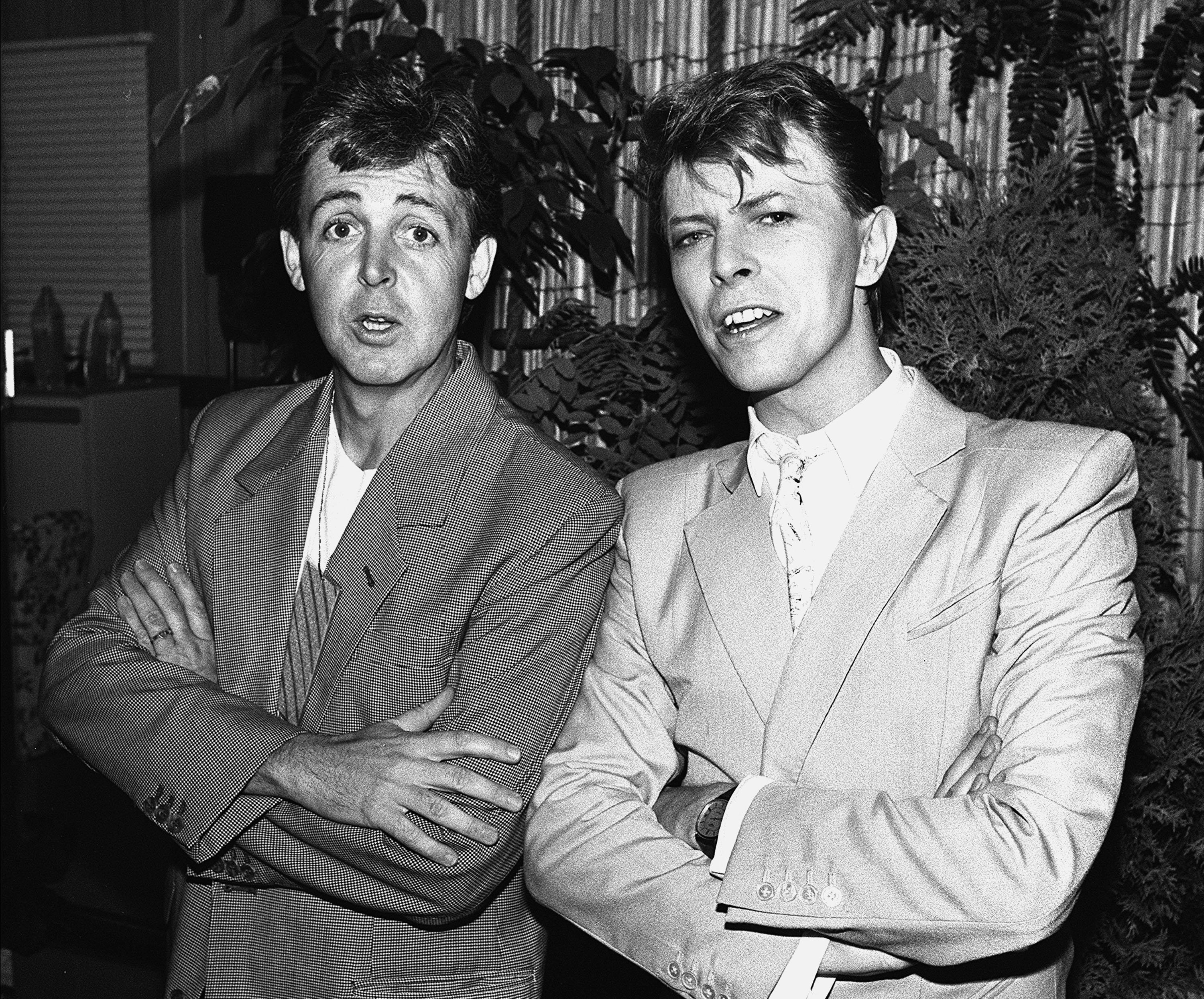
How The Beatles’ ‘Twist and Shout’ Inspired David Bowie’s ‘Let’s Dance’
TL;DR:
- The Beatles’ “Twist and Shout” inspired David Bowie’s “Let’s Dance.”
- Only one of the two songs reached No. 1 on the Billboard Hot 100.
- The other song lasted longer on the chart.

David Bowie’s “Let’s Dance” was co-produced by another famous musician. The musician drew influence from The Beatles‘ “Twist and Shout” while making the song. Subsequently, “Let’s Dance” became a massive hit in the United States.
David Bowie’s ‘Let’s Dance’ was supposed to help the singer ‘fit in’
During a 1995 interview with Interview Magazine, Bowie discussed his artistic evolution. “I tried passionately hard in the first part of the ’80s to fit in, and I had my first overground success,” he said. “I was suddenly no longer ‘the world’s biggest cult artist’ in popular music.”
Bowie discussed his feelings on “Let’s Dance” and his subsequent work. “I went mainstream in a major way with the song ‘Let’s Dance,'” he said. “I pandered to that in my next few albums, and what I found I had done was put a box around myself. It was very hard for people to see me as anything other than the person in the suit who did ‘Let’s Dance,’ and it was driving me mad — because it took all my passion for experimenting away.”
Nile Rodgers added an element of The Beatles’ ‘Twist and Shout’ to David Bowie’s ‘Let’s Dance’
The book Bowie on Bowie: Interviews and Encounters with David Bowie includes an interview from 1993. In it, Bowie said Chic member Nile Rodgers was a major creative force behind the album Let’s Dance. “With all due respect to Nile, I didn’t listen to Let’s Dance that much,” he said. “It wasn’t all me. It was a lot of Nile. On the first side particularly, I was really letting Nile run with it.” Bowie decided he wanted to take more control over his music if he ever worked with Rodgers again.
According to the book The Complete David Bowie, the song “Let’s Dance” was originally supposed to sound like a folk song, but Rodgers altered it considerably. For example, Rodgers drew inspiration from The Beatles while crafting “Let’s Dance.” Specifically, he added a rising vocal introduction to the song which was based on some of the vocals from The Beatles’ “Twist and Shout.”
How The Beatles’ ‘Twist and Shout’ and the song it inspired performed
The Beatles’ “Twist and Shout” reached No. 2 on the Billboard Hot 100, staying on the chart for a total of 26 weeks. Notably, the track spent more time on the chart than any of the band’s other singles. The tune appeared on the Fab Four’s album Introducing… The Beatles, which reached No. 2 on the Billboard 200 and stayed on the chart for 49 weeks.
On the other hand, Bowie reached No. 1 on the Billboard Hot 100 for a single week. It remained on the chart for 20 weeks in total. The song appeared on Bowie’s album Let’s Dance. The album peaked at No. 4 on the Billboard 200 and lasted 69 weeks on the chart.
“Let’s Dance” is one of Bowie’s most popular songs and it wouldn’t be the same without “Twist and Shout.”


